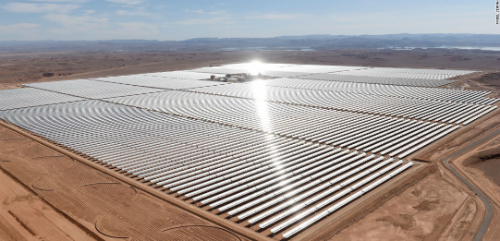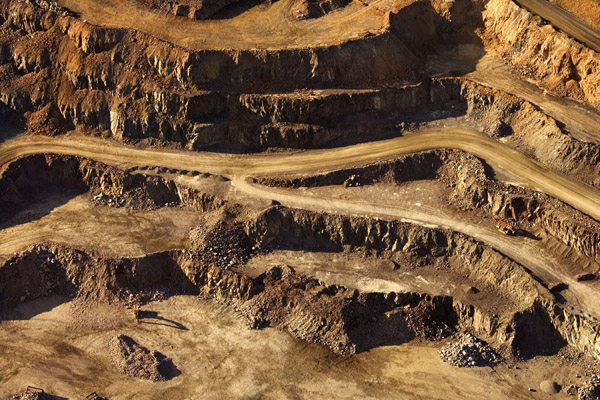As in many other parts of the world, up to the year 2025, the overall energy demand is expected to increase in MENA countries, although at a slower pace (+15%) than the global average (+25%), thanks to significant measures that have already been implemented in order to foster the energy transition, as well as new policies and targets that have been announced. Even so, by 2025, the MENA region will still be very much dependent on fossil fuels, both for domestic consumption and as a generator of export revenue. Despite the potential, the contribution of renewables to total primary energy demand will still be below 10% by 2025, as it is, generally speaking, particularly low in hydrocarbons-exporting countries.
However, it is expected that this situation will change over the following decade. The decreasing cost of renewable energy technologies, driven by major markets such as China, has become a major opportunity for MENA countries. It allows them to use renewables for domestic power generation, saving oil and gas for export to international markets. For the energy-importing countries, exploiting locally available renewable energy sources will increase their energy security. But, together with renewables, several countries from the region have also been increasingly looking at investing in nuclear energy as an alternative energy source. However, because of the high up-front investment costs compared with other power-generating technologies, the nuclear option might not be feasible in all interested countries, especially those with government funding constraints such Jordan and Morocco.
With the exception of Algeria and Libya, all southern and eastern Mediterranean countries are net energy importers. Morocco in particular has had a dependence rate on foreign resources of more than 90 per cent for some time. But already in the 2010s, the Moroccan government and energy experts began to focus on innovation in the country’s energy sector. In the early 2010s, the Moroccan government started an ambitious programme for establishing renewables in its vast rural areas, which contributed to the full electrification of rural areas and induced a major boost to rural development projects, including agriculture, small businesses and education.
To bring about project deployment, Morocco has adopted a mix of supporting tools, including renewable energy plans and objectives, tendering, price mechanisms (feed-in tariffs and feed-in premiums), quota systems and tax incentives as well as long term PPA. In particular, government-backed tenders have resulted in some of the most cost-effective projects at the global level for solar and wind, with record low prices in Morocco and the UAE. In Morocco, the 850 MW wind project with record bids of around $30/MWh has among the lowest prices announced for wind energy in the world.
In this context, the MENA’s partnership with the EU was deepened, especially with neighbouring southern EU countries. In Brussels, the basic importance of clean and cheap energy supply for economic development was acknowledged and a broad program was prepared. Among the countries of the Maghreb, a discussion started in 2025 for a region-wide plan to disseminate successful elements of Morocco’s energy strategy. The “Moroccan model” was discussed even in Jordan, Turkey and Egypt. For Morocco, this energy policy was practised in order to intensify and diversify economic relations with its neighbours in the south, to stabilize the development of the region.
‘Oil Still Matters: But Decarbonisation is Unstoppable’ and ‘What if Morocco Becomes a Renewable Energy Leader?’ in ‘Imagining Future(s) for the Middle East and North Africa’ – Study by Edgar Göll, Silvia Colombo and Eduard Soler i Lecha – Barcelona Centre for International Affairs / CIDOB.
(The Study can be downloaded here)




